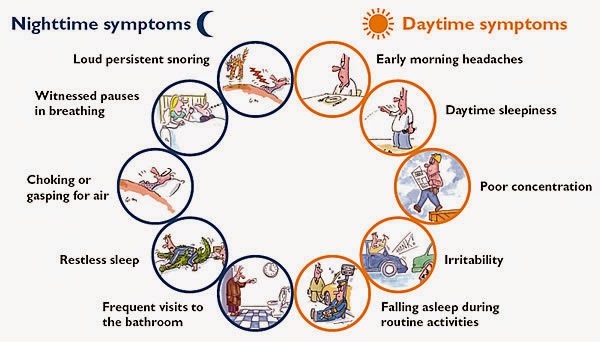Patient Selection: Obstructive Sleep Apnea
Obstructive sleep apnea (OSA) is a type of sleep apnea which is caused by obstruction of the upper airway. This obstruction can be complete or incomplete. It is characterized by recurrent spells of absence of breathing followed by normal breathing spells. Obstructive sleep apnea (OSA) is a commonly experienced condition and it gets bothersome due to its side effects. Many cures have been emerged for this disease. With the advancements in treatment options, many more invasive techniques have been replaced with less invasive or non-invasive options. Dentistry is now playing a major role in the treatment of obstructive sleep apnea (OSA) patients. In October 2017 the American Dental Association (ADA) developed a policy on sleep-breathing disorders. As part of the policy statement, the ADA encourages dental professionals to assess a patient’s risk factors for sleep apnea through a comprehensive medical and dental history.
Making a correct diagnosis is the first step towards successful treatment. History and examination pay a very important role in making a diagnosis. According to ADA, following points should be asked in the history as they are associated with sleep apnea.
- Obesity
- Hypertension
- Diabetes
- History of myocardial infarction
- History of cerebrovascular accident
- Down Syndrome
- Cerebral Palsy
- Smoking
- Alcohol consumption

Patients should be screened for:
- Snoring
- Family history of snoring
- Waking up from sleep with choking
- Daytime sleepiness
Physical examination includes following points.
- Physical signs
- BMI > 35 mg/m2
- Neck circumference: >17 inches for men; >16 inches women.
- Craniofacial abnormalities
- Touching tonsils
- Severe periodontitis
A STOP-Bang questionnaire is also a good way to assess a patient. It is a series of 8 questions with scores ranging from 0 to 8. If a subject answers yes to 3 or more items, then he or she is considered at high risk for OSA. As the score increases, probability and specificity also increases. Patient’s with increased probability or existing OSA should see a physician to optimize their condition prior to undergoing dental procedures especially those utilizing nitrous oxide, sedatives and opioids.

Many dental appliances are designed and being used for the treatment of the treatment of OSA. These appliances are also called mandibular advancement splints (MAS) and mandibular advancement devices (MAD). Some tongue retaining devices are also available, but dental devices are considered a good alternative to CPAP. Though they are not as effective as CPAP, they still help treat the condition to a great extent. However, patient selection is very important when applying such devices as they do not work in every situation.
After a patient has been diagnosed as a case of OSA, treatment option is decided. There are many points that should be considered while selecting a patient for dental appliances. Not everyone has the same face and airway shape. So, though these appliance work for the most of people to some extent but they cannot work for everyone. There are a number of points that make a patient a good candidate for dental devices for obstructive sleep apnea (OSA). Here is a list.
- Intensity and severity of sleep apnea is a very important factor. If the problem is less severe, i.e. 20 to 30 episodes per hour, then a dental appliance will be a very good option rather than using CPAP.
- Sleeping posture also carries a great importance. If sleeping on the side rather than on the back makes this condition better then dental appliance can give very good results.
- Face shape matters a lot. The ideal face shape for using oral appliances is where the jaw recedes a little.
There are some factors that make a patient a bad candidate while considering oral or dental devices. These factors should also be considered. Following is a list.
- Dental structure and health is an important factor. Dental splint is attached to the teeth. So, a patient with bad dental structure or no teeth cannot be given this kind of treatment.
- Stiffness of jaw joint is also a factor. If a patient’s jaw joint is very stiff, he or she cannot achieve required advancement and hence this treatment will fail.
- If the disease is very severe, dental device will only reduce its severity and will not cause complete recovery. So, CPAP is a better option than such devices.
- Patient’s weight should be considered before making a choice. Overweight or obese patients are not a good candidate for this.
- The type of sleep apnea also matters. If there is central sleep apnea or any such complicated type, dental device will be of no use.
All these factors should be considered before deciding if a patient is a good candidate for this any dental treatment or not. And once, it has been decided and treatment using dental device or splints has been administered, an evaluation should be made. A dentist or a sleep physician should assess the success. Another sleep study should be performed to evaluate if the treatment is really helpful. Taking proper care of this device is also very important. Plaque can make layers on it as well. Keeping a proper oral hygiene and cleaning out your device daily can be of help.
Your feedback is appreciated.
Visit us at https//www.dental911training.com/
See our Dental911 Emergency Response APP in Android (googlePlay) and IOS (Apple)